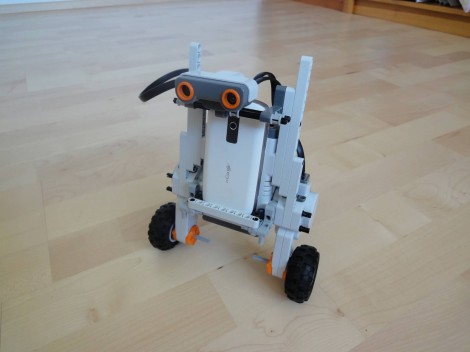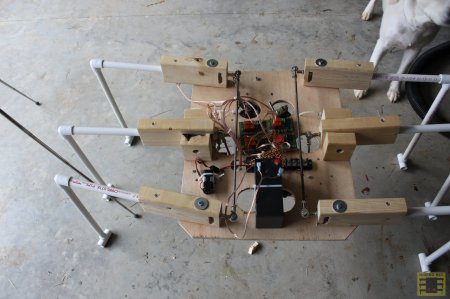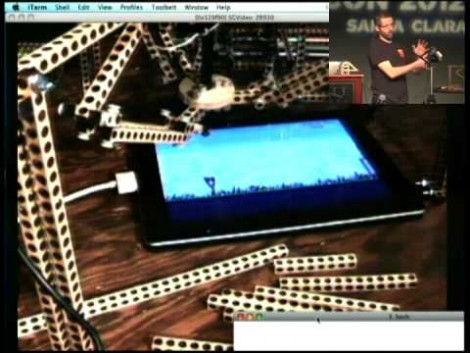
The Robotic Manta Ray codenamed MantaBot created by the Bio-Inspired Engineering Research Laboratory (BIER Lab) is set to make a splash. The next evolution in underwater Robotics is here. We have seen the likes of robotic fish and Jelly fish now to be added to the school is the MantaBot which has been designed to mimic the unique swimming motion of the Manta Ray,
This biologically inspired under water robot’s has been designed with a primary goal to be autonomous using its onboard electronics to make its own decisions to navigate its watery domain. BIER Lab has received major funding from the Department of Defense (DoD) Multi-disciplinary University Research Initiative (MURI) program. Part of its goal in the long run is to reverse engineer the biological systems of such creatures to the point of creating simulated artificial skin and muscle.
[Via dvice.com]















